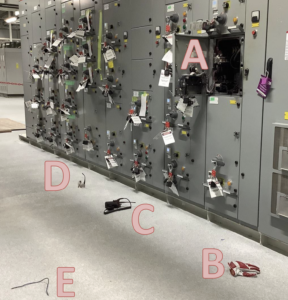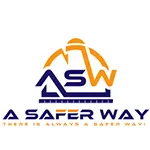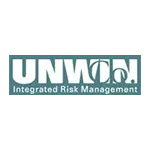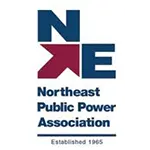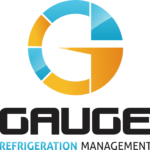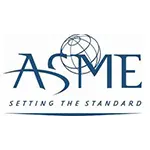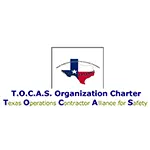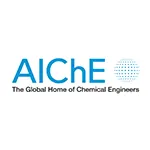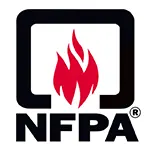Let us help you make sense of PSM / RMP!
My friend Brian Chapin will be offering an open-enrollment PSM/RMP class in Burleson, Texas, July 8th to 11th, 2025. Brian is an absolute pro in NH3 Refrigeration Process Safety. Anyone who attends will also get a FREE membership to SAFTENG. You can get more information on the class with this link.
CLICK HERE to Renew your Membership
CLICK HERE for a NEW Membership
CLICK HERE to see eligibility requirements for FREE Membership
If you have any questions, please contact m
SAFTENG has:
- Over 18,000 categorized unsafe acts/conditions and accident/injury photos
- Over 1,500 ppt's & doc's in the SAFTENG Library
- Over 4,000 Technical Articles on Process Safety, Emergency Response & OSH topics
- Over 450 videos (those not allowed on YouTube Channel)
Many THANKS to my NEW Members and those who CONTINUE to support SAFTENG:









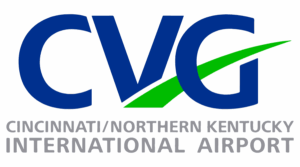

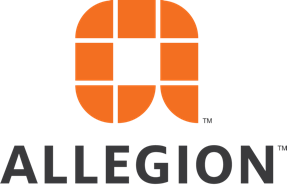
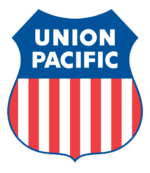
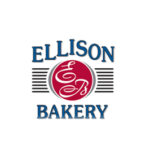
May 9, 2024
I have been working with several clients who are on a Hydrogen Fuel journey. It is fun to get deep into process safety protection schemes regarding NFPA 2 and ASME B31.12 and see the similarities and extra code requirements when dealing with large H2 gas systems. One of the interesting items regarding H2 piping is a “Leakage Survey,” which applies to “Industrial Plants.” There...
Read More
May 9, 2024
Occasionally, we see some pipe labeling requirements that exceed those found in ASME A13.1. NFPA 2, 2023 has a few:
(emphasis by me)
…
HomeRead More »
Read More
May 9, 2024
Hazardous chemicals which are carried on transportation vehicles, including rail cars, can be subject to EPCRA reporting when they are not under active shipping papers and have reached the consignee identified on the shipping papers. See House Report No. 99-962 (Committee of Conference), October 3, 1986. 99 Cong. Conf. H. Report 962, at 311, which clarifies that the exemption under Section 327 relating...
Read More
May 6, 2024
An experienced electrician checking conductors at an industrial facility unknowingly accessed an energized breaker bucket inside a substation and shorted phase to phase on the line side of the energized breaker switch at 347/600V. This resulted in an electrical shock, creating an arc flash. The worker suffered first and second-degree burns to their wrist, hand, and face.
CLICK HERE
Read More
May 6, 2024
Respondent is the facility’s owner and operator. The EPA inspected the Facility from July 27 to July 29, 2021, to determine the Respondent’s compliance with Section 112(r) of the CAAmand 40 C.F.R. Part 68 (“the Inspection”). Operations at Respondent’s Facility include, among others, repackaging chlorine for utilization in sodium hypochlorite bleach manufacturing. The Facility also uses...
Read More
May 4, 2024
At 8:04 a.m. on May 11, 2023, an employee working for an oil and gas support services company was found dead. On 5/10/23, the night before, the employee had instructed his coworkers from other contractors to go home, and he would finish the job. This was the last time anyone had spoken to the employee until he was found deceased. The employee had been pressure testing a pipe with nitrogen. The pipe...
Read More
May 4, 2024
At 8:00 a.m. on May 8, 2014, an employee was inspecting fire extinguishers. The fire extinguisher discharged and struck the employee in the head, killing him.
OSHA Case File
Read More
May 4, 2024
On May 13, 2020, Employee #1 and Employee #2 were working to pressurize portable fire extinguishers.
At some point, the extinguisher being worked on by the Employees exploded.
…
HomeRead More »
Read More
May 4, 2024
On October 16, 2023, Employee #1 worked for a construction gas & oil support contractor. Coworkers were cutting and welding an eye-lifting plate on a compressor skid.
Miscellaneous petroleum products had been allowed to accumulate on, in, and around the compressor skid area, creating a fire hazard.
…
HomeRead More »
Read More
May 2, 2024
It is good that we are finding fewer and fewer facilities without pressure testing and leak testing records on their process piping. But now comes the difficult question: Is pressure and leak testing required after maintenance or alterations on piping systems? So, most companies will have their newly installed piping pressure tested and leak tested by the contractor who performed the installation. ...
Read More
May 2, 2024
Six people were confirmed dead in a boiler explosion at a wood factory in the southern province of Dong Nai on May 1, 2024. The accident also injured five others. The provincial People’s Committee has offered condolences and financial support to the victims’ families (20 million VND or 789 USD for each fatality and 10 million VND for each injury). The incident occurred at around 8:30...
Read More
May 2, 2024
In the world of industrial safety, we are not at a loss for the desire to try new things. Many consulting companies are waiting to sell us their shiny gadgets. One of these latest crazes is called “SIF”—Serious Injuries and Fatalities. The concept behind this model is based on the progress many have made in reducing their recordable injuries of lesser severity; however, the risk of a significant...
Read More


